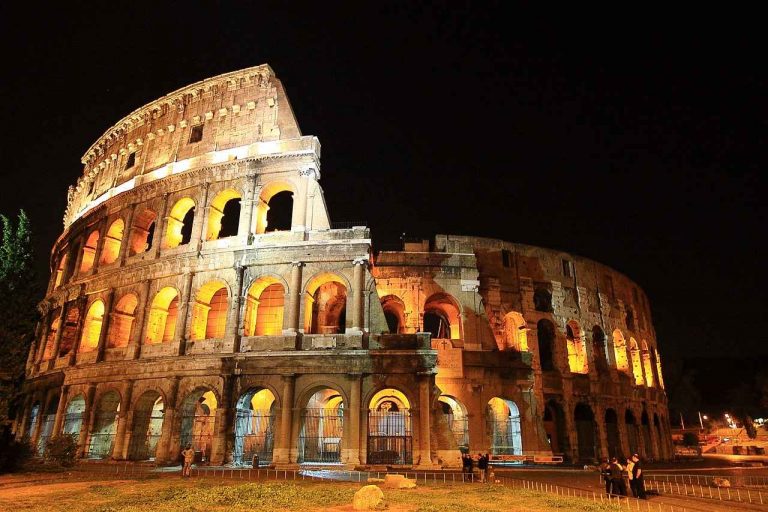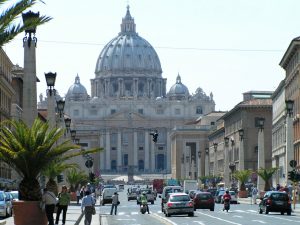UNESCO Italy – 55 UNESCO Sites in Italy with photos and map

20. Archaeological Areas of Pompei, Herculaneum and Torre Annunziata
Towns and villas destroyed by the Vesuvius explosion in 79.
Date of Inscription: 1997
http://whc.unesco.org/en/list/829
Yachting in Balaton, Hungary - short 4k cinematic film
And don't forget to give us a like! :)

Archaeological Areas of Pompei, Herculaneum and Torre Annunziata, Unesco Italy by Piotr Rokita
The archaeological areas of Pompeii, Herculaneum, and Torre Annunziata, located in the Campania region of Italy, are captivating time capsules that preserve the remnants of ancient Roman life. Here’s a closer look at these archaeological marvels:
1. Pompeii
City Frozen in Time: Pompeii, once a bustling Roman city, was frozen in time by the catastrophic eruption of Mount Vesuvius in 79 CE. The volcanic ash preserved the city’s buildings, streets, and even everyday objects, providing a remarkable glimpse into daily Roman life.
Forum and Temples: The Forum of Pompeii, surrounded by temples dedicated to various Roman deities, served as the political, religious, and economic heart of the city.
Houses and Villas: Intricately decorated houses, like the House of the Vettii and the House of the Faun, showcase the wealth and taste of Pompeii’s elite.
Amphitheater: The Amphitheater of Pompeii, one of the oldest surviving Roman amphitheaters, could accommodate up to 20,000 spectators and hosted gladiatorial contests and other public events.
Baths and Brothels: Public baths, such as the Stabian Baths, and the Lupanare, a well-preserved brothel, offer insights into social and recreational aspects of Roman life.
2. Herculaneum
Preservation by Pyroclastic Flows: Herculaneum, located closer to Vesuvius than Pompeii, suffered a different fate. It was buried under a blanket of hot ash and pyroclastic flows, resulting in better preservation of wooden structures and organic materials.
Boat Houses: The Suburban Baths and the Villa of the Papyri, an opulent seaside villa, are among the notable structures in Herculaneum. Boat houses along the ancient shoreline provide a unique glimpse into maritime life.
Carbonized Scrolls: Herculaneum is famous for its carbonized scrolls, a library of ancient manuscripts preserved by the volcanic eruption. Advanced techniques are being used to decipher and study these fragile scrolls.
Villa dei Papiri: Believed to belong to Julius Caesar’s father-in-law, the Villa dei Papiri is an expansive villa with a wealth of sculptures and artworks. Excavations are ongoing at this site.
3. Torre Annunziata
Oplontis: Torre Annunziata is home to the archaeological site of Oplontis, which includes the Villa Poppaea. This villa, likely owned by the family of Emperor Nero, features beautifully preserved frescoes and gardens.
Villa of the Mysteries: The nearby Villa of the Mysteries is famous for its vivid frescoes, particularly the scenes depicting a mysterious initiation ritual. The villa provides insights into the religious practices of the time.
Ancient Trade Hub: Torre Annunziata was an essential port in antiquity, connecting Pompeii and Herculaneum to the sea. The archaeological remnants in the area highlight its role as a bustling trade hub.
4. Conservation Challenges
Ongoing Excavations: Archaeological excavations are ongoing in these sites, uncovering new insights into Roman life. However, the delicate balance between preservation and excavation poses challenges.
Preservation Efforts: Conservation efforts are crucial to protect the exposed structures and artifacts from weathering and erosion. Technologies like 3D scanning and digital reconstruction aid in documentation and preservation.
5. Visitor Experience
Educational Tours: Visitors to Pompeii, Herculaneum, and Torre Annunziata can embark on educational tours guided by archaeologists and historians, providing a deeper understanding of the sites.
Cultural Significance: These archaeological areas collectively hold immense cultural significance, contributing to our understanding of Roman civilization, urban planning, and artistic achievements.
The archaeological areas of Pompeii, Herculaneum, and Torre Annunziata serve as windows into the past, allowing us to witness the daily lives, art, and tragedies of ancient Romans. Their preservation and ongoing exploration underscore the importance of safeguarding our cultural heritage for future generations.







